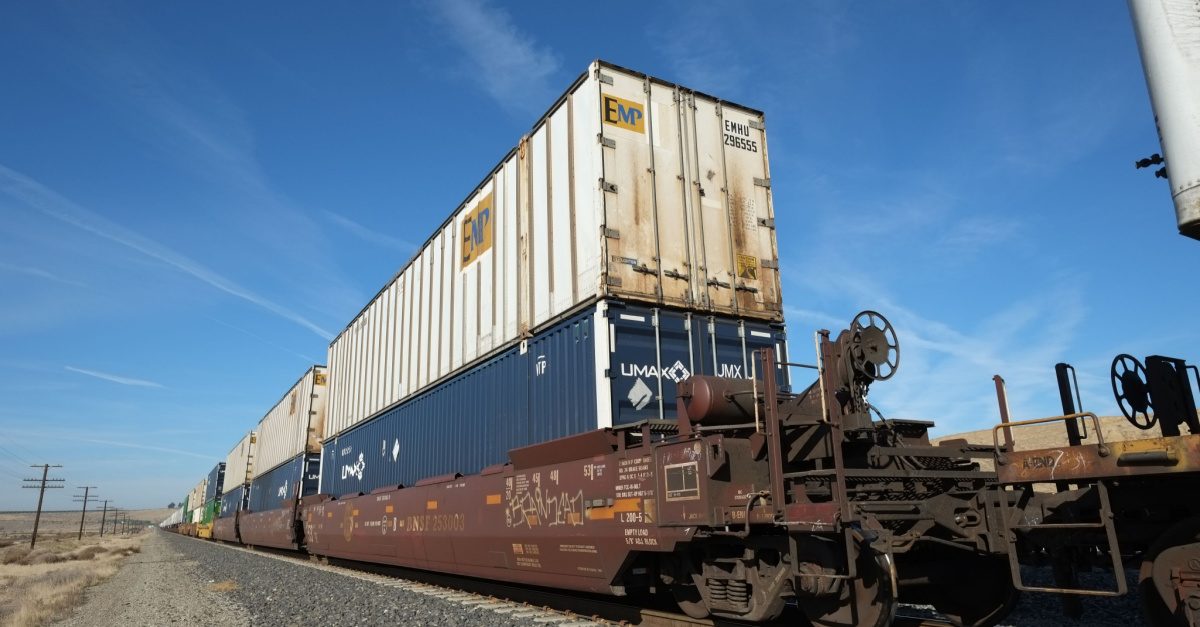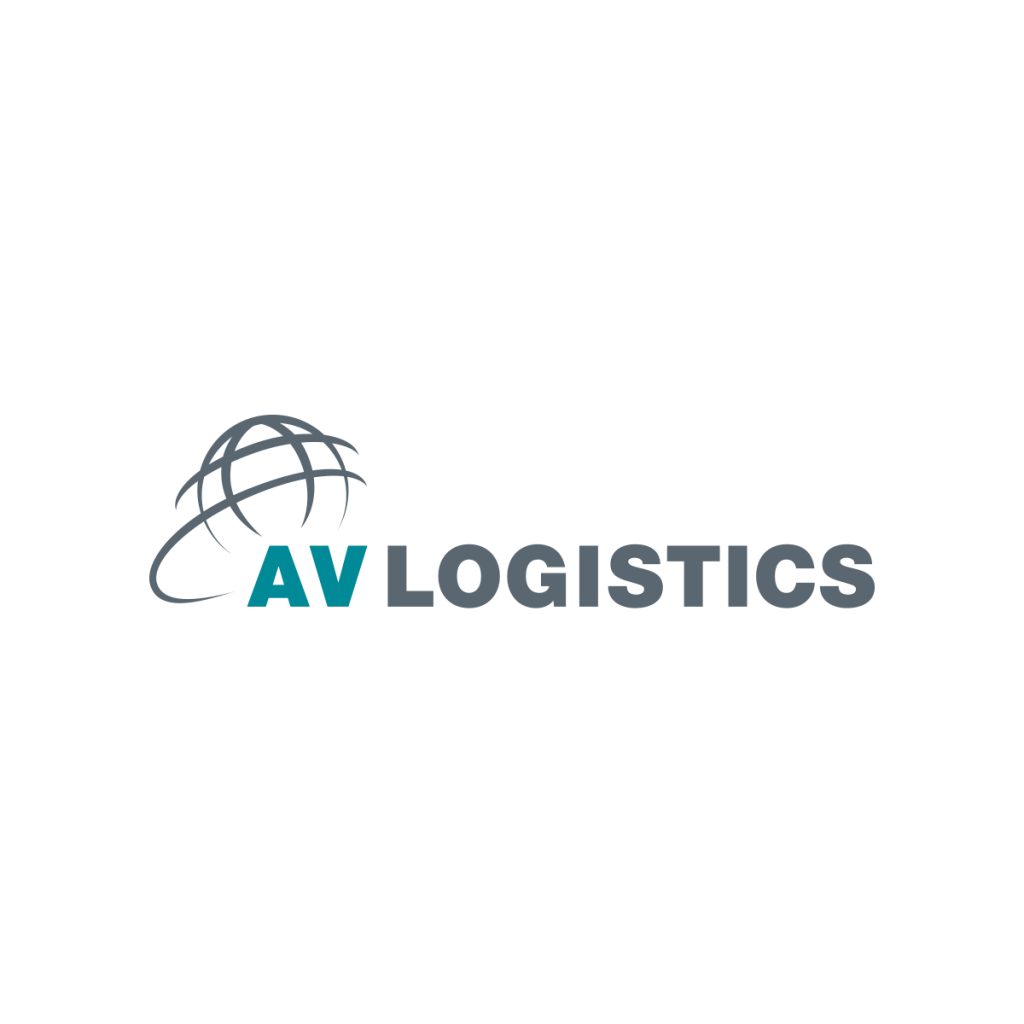
Drayage is typically a core component of the supply chain process. It’s sometimes overlooked but having proper drayage operations will minimise complications throughout the entire supply chain. Often, it is considered a component of intermodal transportation which uses various methods (like rail and trucking) to move product from one area to the next.
Understanding drayage increases your ability to understand the entire supply chain!
What Is Drayage?
Drayage is a logistics service that offers short-distance support. This type of container logistics service usually moves freight a short distance, such as within the same region or, more commonly, within the same city. What makes it so important is that it’s the only real way to move freight between intermodal ports, for example, moving freight between ships to rail or rail to trucking. Drayage is what happens between shipping modes to get freight from one area to the next for the remainder of its journey.
The Role Drayage Plays in the Supply Chain
Drayage is one of the most important components of the supply chain because it enables a way to transfer freight from one method of shipping to another. This service is what manages the actual movement of containers from one mode of shipping to another.
Consider what happens when a shipping container full of goods arrives at port. It needs to go from the ship to a warehouse or railyard where it will then travel by truck to its next stop in the supply chain. Drayage services handle the movement of that container from ship to warehouse or railyard and so forth. It is often considered a component of the first mile in transporting materials from the port to the next location.
It may seem rather simple, but it can be anything but easy to manage. Transferring materials from an ocean port to the next destination is more complex than most people realise. If there is port congestion, weather delays, or other factors that impact the operation, the supply chain will fall behind their ideal timeline.
There are various legs of a drayage load. That is, it is not just the movement of product from port to rail or warehouse. Most often, there are numerous steps, such as from the port to the yard, to the warehouse and then on to the rail. This service focuses on providing for each of these legs of the journey, though drayage typically does only short-distance movements within the same metro area.
Why Getting Drayage Right Matters
Imagine a large cargo ship docking in a port. It has thousands of containers that each need to go somewhere and often in various directions throughout the country. Drayage handles the movement of those products throughout the local region. If the service is inefficient or prone to mistakes in the process, it creates an incredible bottleneck that impacts not just every other container on board but also the entire port’s operational efficiencies. This is costly and often leads to delays throughout the process.
Problems with ports, for example, can create driver frustration and confusion. It can lead to compliance concerns and financial penalties in some areas if the product is not moved out of the port quickly enough. This leads to missed deadlines for shipping companies and, ultimately, delays in getting a product where it needs to go for customer sale or production needs.
Inferior services may lack reliable supply chain partners or chassis to move the freight. If the terminals are not well managed, this can create disruptions as well.
Improvements and Automation Are Key
Selection of the best drayage company often means ensuring they are using the most up to date software and resources to ensure efficiencies are built into the process. Many companies are focused on the inclusion of automation throughout the supply chain, and drayage can often benefit from that. A keen focus on ‘getting it right’ ensures that, on this first leg of the supply chain, products start off moving in the right direction at the best speed possible.

Author bio: Peter Pace is VP of Business Development at AV Logistics and an industry veteran with 35 years of experience in all facets of international shipping and intermodal transportation. He is responsible for identifying new opportunities for growth and expansion within the client bases of AV Logistics and its strategic drayage partner, C&K Trucking LLC.

